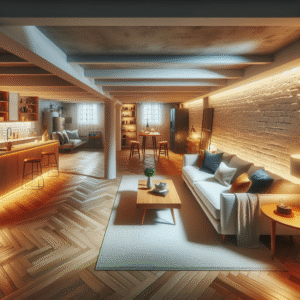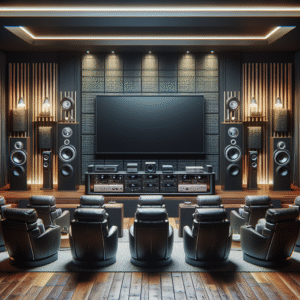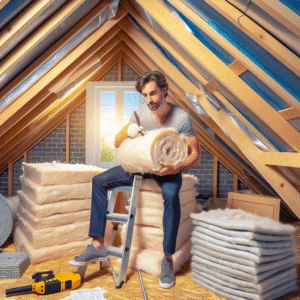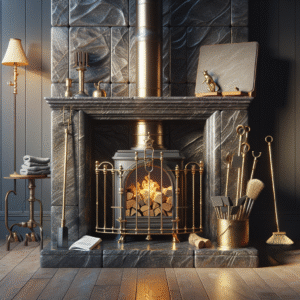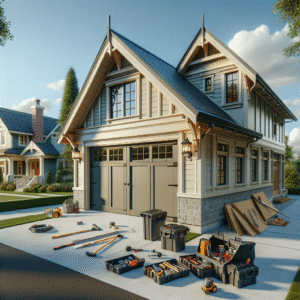If you’re looking to enhance the natural light in your home and maybe add a touch of architectural flair, installing a new skylight could be a perfect choice. Not only does a skylight bring in abundant sunlight, transforming a once dim area into a bright, welcoming space, but it can also help reduce energy costs by minimizing the need for artificial lighting during the day. Whether you’re renovating an old home or building a new one, integrating a skylight can add value and appeal to your property.
Benefits of Installing a New Skylight in Your Home
When considering a skylight for your home, the benefits are plentiful. From enhanced natural lighting to improved energy efficiency, here’s why a skylight might be just what your home needs:
- Increased Natural Light: Skylights cut down on the need for electric lighting, providing a cost-effective way to brighten your home.
- Energy Efficiency: Modern skylights are designed to be energy-efficient, helping maintain a consistent temperature in your home, reducing heating and cooling costs.
- Aesthetic Appeal: Skylights can dramatically change the look and feel of a room, making spaces appear larger and more inviting.
- Ventilation: Ventilated skylights can help reduce the buildup of heat and moisture, promoting better air flow within your home.
Choosing the Right Skylight: Types and Features
Selecting the right skylight involves understanding the different types available and the features they offer. Whether you choose a fixed skylight for uninterrupted light or a ventilated type that opens to let in the air, ensure it aligns with your specific needs and climate conditions. Consider factors like glazing, UV coatings, and energy efficiency ratings to find a skylight that offers the best performance and value.
Step-by-Step Guide to Skylight Installation
Installing a skylight may seem daunting, but with the right tools and guidance, it can be a rewarding DIY project. From choosing the perfect location to ensuring proper waterproofing, each step is crucial to achieving a professional-looking result. However, for those not experienced in DIY home improvements, hiring a professional is highly recommended to ensure the installation meets local building codes and is executed safely.
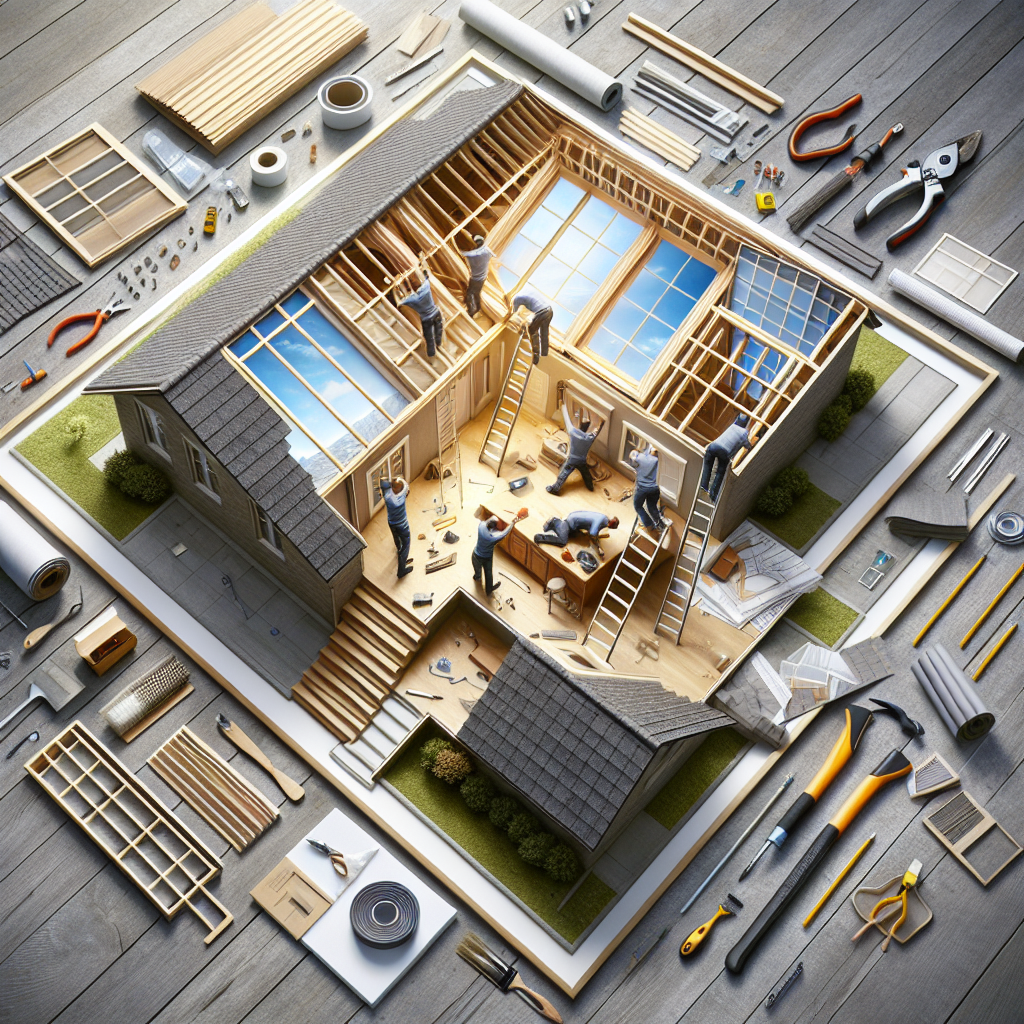
If you’re ready to take your home improvement or construction project to the next level, we can help! Find trusted contractors on BuildNet, whether you’re looking for renovations, new builds, electrical work, plumbing, or anything in between. Our directory connects you with qualified professionals who can make your vision a reality.
Benefits of Installing a New Skylight in Your Home
Thinking about adding a touch of natural light to your home? Installing a new skylight can be a game-changer, not just for aesthetics but for a whole host of reasons. Let’s dive into the benefits that a skylight can bring into your space, and why it might just be the upgrade your home is looking for!
Enhanced Natural Lighting
One of the most apparent and cherished benefits of a skylight is the increase in natural light it brings into your home. Especially in areas that lack large windows, a skylight can brighten up the space significantly. Natural light can make your rooms feel larger and more open, reducing the need for artificial lighting and thereby helping to lower electricity bills.
Improved Ventilation
Some skylight models come with venting options that can be a real boon for air circulation in your home. These vented skylights can be opened to let in fresh air, which is particularly advantageous in kitchens and bathrooms where ventilation is crucial. This not only helps in reducing condensation and moisture buildup but also keeps your indoor air fresh and clean.
Energy Efficiency
Skylights can contribute to making your home more energy-efficient in a few ways. By providing natural warmth from sunlight during cooler months, they can help cut down on heating costs. Conversely, vented skylights can release the hot air that naturally rises to the ceiling, keeping your home cooler in summer without over-reliance on air conditioning. Choosing skylights with energy-efficient glazing can further enhance these benefits.
Boost to Mental Health
The boost to mental health from increased natural light should not be underestimated. Exposure to natural light has been shown to help regulate some important hormones, including serotonin and melatonin, which can improve sleep quality and overall mood. This makes skylights an excellent investment in the wellbeing of your home’s occupants.
Increased Property Value
Installing skylights can also increase the overall value of your property. Homes with ample natural light and unique architectural features like skylights tend to attract more buyers and fetch higher prices on the market. It’s a stylish upgrade that pays dividends if you ever decide to sell your house.
Aesthetic Appeal
Beyond the practical benefits, skylights add a significant aesthetic enhancement to your home. They can transform ordinary rooms into spectacular spaces filled with character and style. Whether you’re gazing up at the cloud-filled sky during the day or enjoying a view of the stars at night, skylights provide a visual connection to the outdoors that few other features can.
Eco-Friendly Aspect
For those looking to make their homes more environmentally friendly, skylights are a step in the right direction. By reducing the need for electric lighting and heating, skylights decrease your home’s energy consumption and carbon footprint. It’s a small but meaningful way to contribute to a healthier planet.
Customization Options
Today’s skylights offer more customization options than ever before. From different shapes and sizes to special coatings and features like rain sensors, solar blinds, and UV protection, you can tailor a skylight to meet your specific needs and preferences. This level of customization helps ensure that the skylight you choose fits both the functional and aesthetic demands of your home.
By now, it’s clear that the benefits of installing a new skylight are both practical and profound. From enhancing the comfort of your living environment to boosting your home’s energy efficiency and aesthetic value, a skylight is more than just a window—it’s a smart, sustainable investment in your home. If these benefits resonate with you, perhaps it’s time to consider making that bright addition to your space!
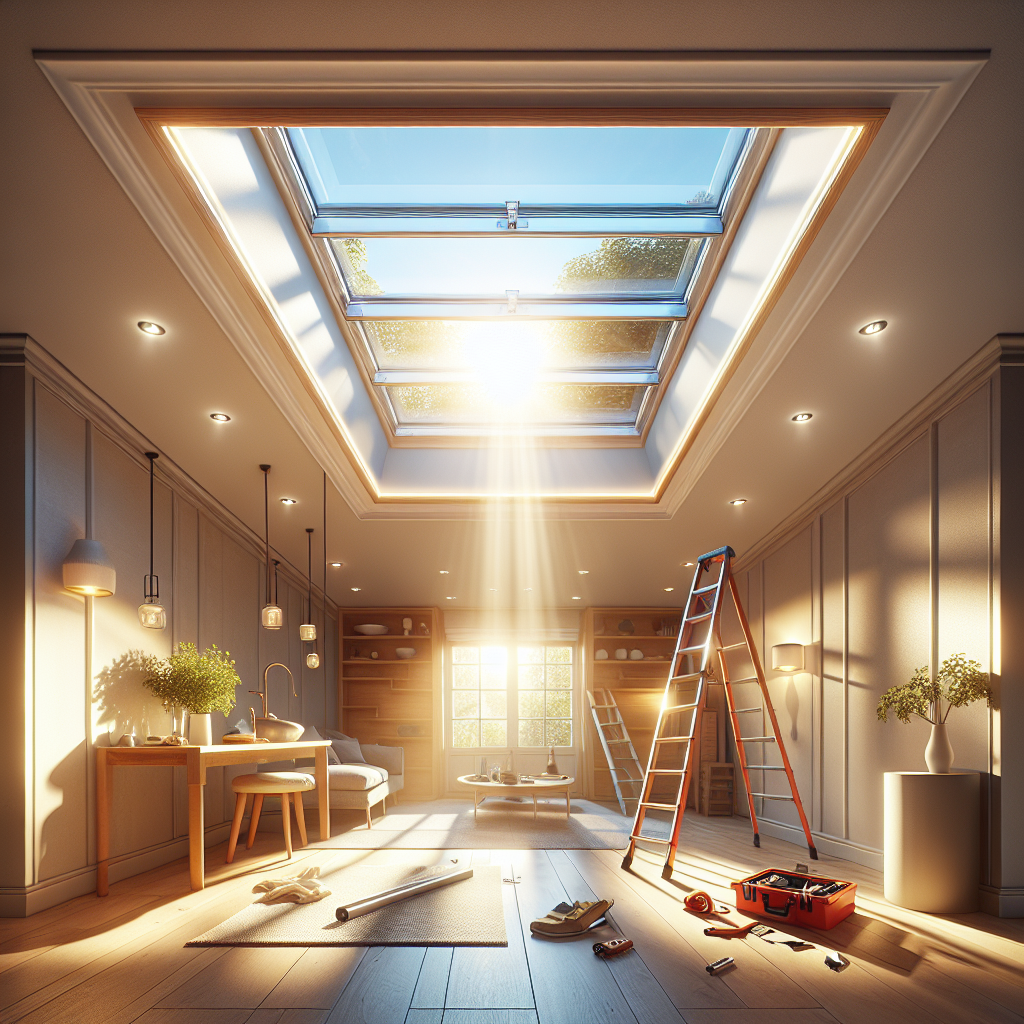
Choosing the Right Skylight: Types and Features
Let’s illuminate your home improvement journey by exploring the world of skylights! Adding a skylight can transform any dark and dreary space into a bright and airy haven. But, with so many options out there, picking the right skylight for your home can feel like navigating a maze. Don’t worry; we’ll walk through the different types of skylights and the various features they offer, ensuring you make a well-informed decision that suits your home’s design and your personal preferences.
Types of Skylights
First things first, let’s break down the different types of skylights available on the market. Each type offers unique benefits, and understanding these can help you choose the best fit for your space.
Fixed Skylights
The most popular choice among homeowners, fixed skylights are sealed to the roof and do not open. They are perfect for rooms where you simply want more natural light without the need for extra ventilation. They’re particularly effective in attic spaces or high ceilings where manual opening isn’t practical.
Ventilating Skylights
If you’re looking to add both light and air circulation, ventilating skylights are the way to go. These can be opened either manually or with a motorized mechanism, allowing you to control the airflow in your room. They are ideal for kitchens and bathrooms where moisture and odors might linger.
Tubular Skylights
For smaller spaces or areas where a traditional skylight isn’t feasible, tubular skylights can be a fantastic solution. These skylights channel sunlight through a reflective tube from the roof and diffuse it into the room. They are great for hallways or walk-in closets.
Features to Consider
Now that you’re familiar with the types of skylights, let’s delve into the features you should consider to ensure you’re selecting the perfect skylight for your home.
Glazing
The glazing of your skylight impacts everything from heat efficiency to UV protection. Options include:
- Plastic Glazing: Generally less expensive and less likely to break than glass. However, it might discolor over time.
- Glass Glazing: More durable and offers better UV protection with options like tempered or laminated glass. This type is also more likely to be energy-efficient.
Shape
Skylights come in various shapes including rectangular, circular, oval, or custom shapes. While the shape largely contributes to the aesthetic, it can also influence the amount of light dispersion.
Size
Size matters when it comes to skylights. Larger skylights allow more light and can be a statement feature in a room. However, it’s crucial to consider the size of your roof and the structural implications of a larger installation.
Energy Efficiency
Energy efficiency is a key feature, especially if you are environmentally conscious or looking to reduce heating and cooling costs. Look for skylights with energy-efficient properties like double-glazing, low-E coatings, and argon gas between panes to enhance thermal performance.
Installation and Placement
The location of your skylight on your roof affects not only the interior aesthetics but also its functionality. North-facing skylights provide constant but cool illumination, while south-facing skylights offer more potential for passive solar heat gain during winter but may require shading in summer. Engaging a professional to assess the best placement can optimize the light and energy benefits.
Operability
Consider whether you want a fixed or operable skylight. While fixed skylights are leak-proof and less expensive, operable skylights provide the added benefit of ventilation which can help reduce cooling costs and improve indoor air quality.
Wrapping Up
Choosing the right skylight involves understanding not just the different types available but also the features that will best enhance your home’s design and functionality. Whether you opt for a fixed, ventilating, or tubular skylight, consider factors like glazing, shape, size, energy efficiency, and placement to fully reap the benefits a skylight can offer.
Remember, while the decision process might seem daunting, the right choice can quite literally brighten your day and bring new life to your home. So take your time, do your research, and perhaps consult with a local expert to find a skylight that perfectly matches your needs and expectations. Happy skylight hunting!
Step-by-Step Guide to Skylight Installation
Hey there! Considering adding some natural light to your home with a new skylight? Great choice! Not only do skylights bring in fresh sunlight, but they can also enhance the aesthetics of your space and potentially increase your property’s value. Whether you’re a DIY enthusiast or planning to call in the pros, understanding the installation process is key. Let’s walk through the steps together, ensuring you know exactly what to expect and can prepare accordingly.
1. Planning and Preparation
First things first, planning is crucial. Before you even think about cutting a hole in your roof, here are a few preliminary steps:
- Check Local Building Codes: Different areas have different regulations. Make sure you’re in the clear by checking with your local building department. This might affect the size and type of skylight you can install.
- Choose the Location: Consider where in your home you’d benefit most from natural light. North-facing skylights provide constant but cool illumination, while south-facing versions offer more warmth.
- Select the Skylight Type: Fixed, ventilated, tubular? Each has its advantages depending on your needs (though remember, we’re not diving into types here—just the installation).
- Measure Twice: Accuracy is your best friend here. Ensuring you have the exact measurements for your skylight will prevent any future headaches during installation.
2. Gathering Your Tools and Materials
Got your measurements and permissions? Great! Now, let’s gear up with the right tools and materials:
- Skylight Kit: This should include the skylight, flashing, and any necessary hardware.
- Tools: Think about a circular saw, a reciprocating saw, a drill with various bits, a tape measure, and a chalk line.
- Safety Gear: Safety goggles, gloves, and a sturdy ladder are must-haves.
- Additional Supplies: Depending on your roof type, you might need roofing nails, sealant, and underlayment material.
3. Cutting the Opening
Now, the action begins! It’s time to cut the opening for your new skylight:
- Mark the Area: Using your measurements, mark out where the skylight will go. A chalk line is perfect for this part of the job.
- Cut from Inside: It might seem intuitive to start from the outside, but cutting from the inside helps minimize mistakes. Pierce through the ceiling into the attic and then out through the roof.
- Remove Shingles: Carefully remove any shingles in the area where you’ll be installing the skylight. This makes it easier to fit and seal the skylight.
- Make the Cut: Using your saw, follow the lines you’ve marked to cut through the roof. Be precise and take your time!
4. Installing the Skylight
With your opening ready, you can now install the skylight frame:
- Position the Skylight: Place the skylight into the opening to make sure it fits. If adjustments are needed, now’s the time to make them.
- Secure the Frame: Once you’re happy with the fit, secure the skylight frame with the provided screws or nails.
- Apply Flashing: This is critical for waterproofing. Apply the flashing around the skylight as per the instructions—this usually involves laying strips in a specific order to ensure water flows away from the skylight.
- Seal It Up: Use a high-quality sealant to seal around the edges of the flashing and the skylight. This helps prevent any leaks.
- Replace Shingles: Finally, replace the shingles around the skylight, being careful to integrate them with the existing roofing material for a seamless finish.
5. Interior Finishing
The skylight is in place, and it’s looking great from the outside. Let’s tidy up the interior:
- Trim the Interior: Depending on the type of skylight, you may need to add trim or other finishes on the interior to cover up any gaps and give a polished look.
- Paint and Patch: Sometimes, the installation might scuff up surrounding areas. A little paint and patching will make everything look as good as new.
- Clean Up: Collect all tools, dispose of all waste, and clean the area thoroughly. You want to enjoy the new light, not look at a mess!
And there you have it—a beam of sunlight streaming through your brand-new skylight! Whether you tackled this as a weekend project or hired local professionals to ensure perfect execution, you’ve now added incredible value and comfort to your home. Remember, proper installation is key to avoiding leaks and ensuring your skylight lasts for years to come. Enjoy the natural light, and don’t forget to give yourself a pat on the back for a job well done!
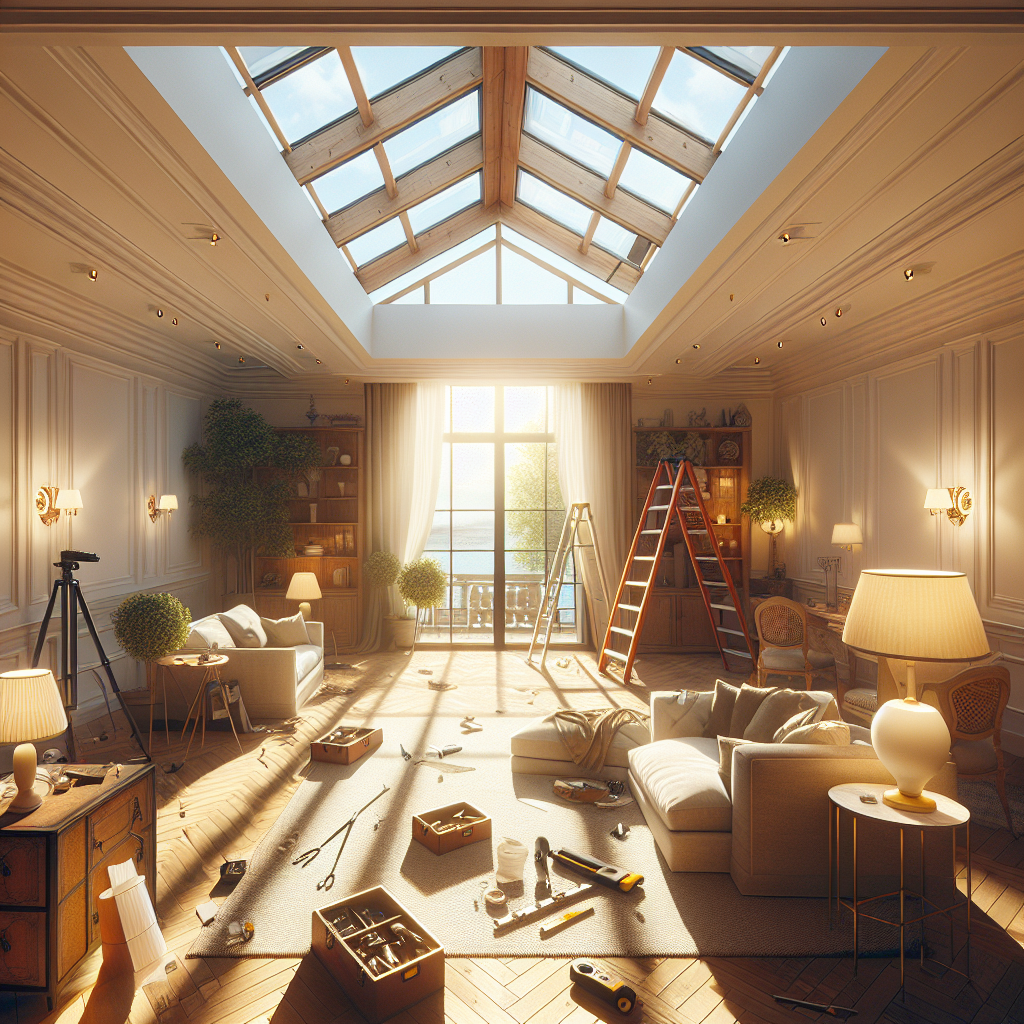
What are the benefits of installing a new skylight in my home?
Installing a new skylight can bring a multitude of benefits to your home. Firstly, it enhances natural lighting, which can make your spaces look bigger and more welcoming while reducing the need for artificial light during the day. This not only cuts down on energy costs but also promotes a healthier living environment by improving air quality and reducing mold growth. Additionally, modern skylights offer improved energy efficiency with features like solar heating, UV protection, and better insulation, which can help in maintaining consistent indoor temperatures and further reducing energy bills.
How do I choose the right skylight for my home?
Choosing the right skylight depends on several factors including your specific needs, roof type, and aesthetic preferences. First, consider the purpose of the skylight—whether it’s for more natural light, ventilation, or both. Then, look at the different types of skylights available, such as fixed, ventilated, tubular, or custom designs. Each has unique features suited for different scenarios. For instance, ventilated skylights can help in air circulation and are ideal for kitchens and bathrooms, while fixed skylights are suitable for living rooms or halls where no extra ventilation is needed.
Are there energy-efficient skylights available?
Yes, there are energy-efficient skylights designed to help reduce your home’s heating and cooling costs. These skylights often incorporate double or triple pane glass that is treated with a low-emissivity (Low-E) coating to minimize heat transfer. Some models also include argon gas between the glass layers for better insulation. Additionally, many energy-efficient skylights come with shades or blinds, which can be controlled manually or via remote, to further regulate temperature and light exposure.
What should I consider before installing a skylight?
Before installing a skylight, it’s crucial to consider the structural integrity of your roof and the placement of the skylight. Ensure that your roof can support the new installation without compromising its durability. Placement is equally important; ideally, a skylight should be positioned away from direct sunlight to avoid excessive heat during the summer. Consulting with a professional can provide insights into the best practices for installation and help you avoid potential pitfalls such as leaks or structural damage.
Is DIY skylight installation recommended?
While DIY projects can be tempting, skylight installation is generally not recommended as a DIY task. Proper installation requires specific tools, techniques, and understanding of roofing materials. Improper installation can lead to leaks, energy loss, and even structural damage over time. For these reasons, it’s advisable to consult with a professional contractor who has experience with skylight installation.
How can I find a reliable contractor for skylight installation?
Choosing the right contractor is key to a successful skylight installation. Look for a contractor with specific experience in skylight projects and check their credentials and customer reviews. A reliable contractor will offer a warranty for the work done and use high-quality materials. You can easily find licensed and vetted contractors through BuildNet’s website, offering peace of mind and ensuring your project is handled professionally.
What is the typical cost of skylight installation?
The cost of skylight installation can vary widely depending on the type of skylight, the complexity of the installation, and local labor costs. Basic fixed skylights might be less expensive, while high-end, ventilated, or custom-designed skylights will cost more. Additional structural changes to your home to accommodate the skylight can also add to the overall cost. It’s best to get a free quote from contractors through BuildNet to get an accurate estimate based on your specific needs and local rates.
Conclusion
Installing a skylight can transform your home by enhancing natural light, improving air quality, and increasing energy efficiency. Choosing the right skylight and ensuring it is professionally installed are crucial steps in enjoying these benefits without facing common issues like leaks or energy loss. Remember, each home and roof is unique, so consulting with a professional who can provide tailored advice is key. For your skylight installation needs, don’t hesitate to visit BuildNet’s website where you can connect with expert contractors. Contact one today for a free quote and take the first step towards brighter, more energy-efficient living!

